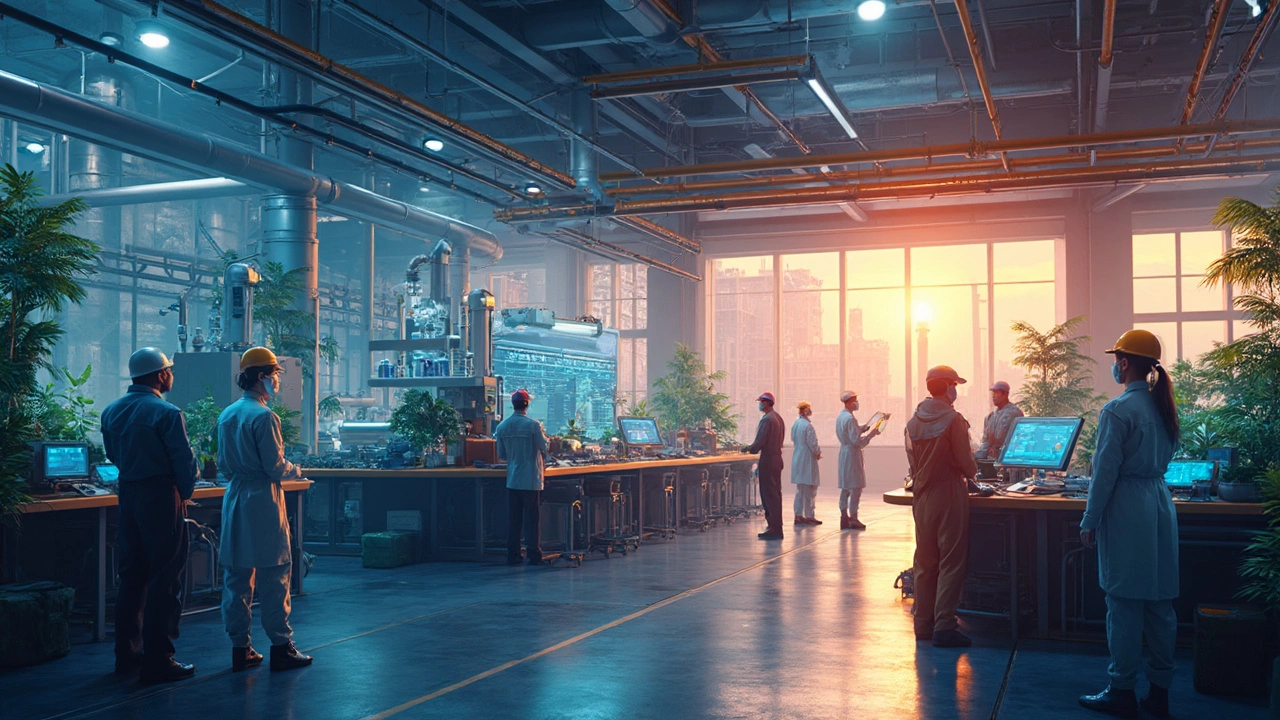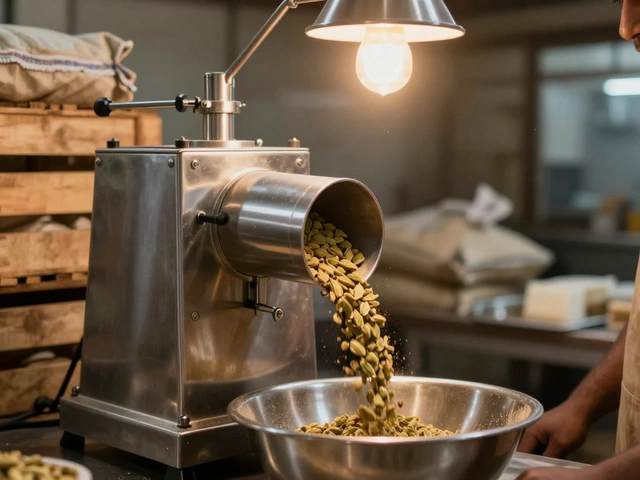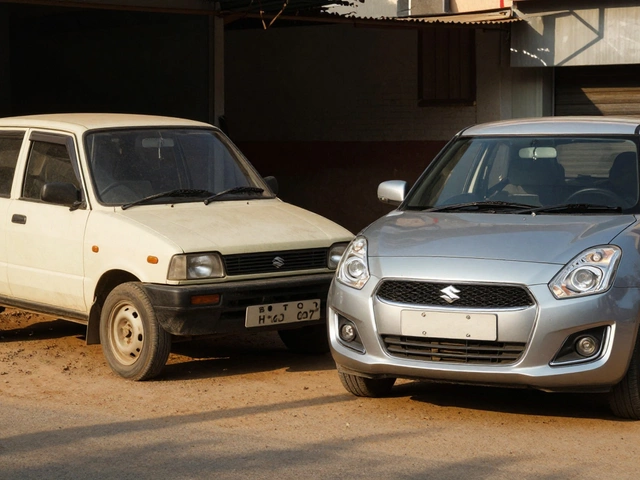India Trends – What’s Shaping Indian Industry in 2025
If you’ve been wondering why some sectors in India are exploding while others crawl, you’re in the right place. This page pulls together the most useful insights from our latest articles, so you can see where the money, jobs, and innovation are flowing right now. We’ll keep it straight, practical, and packed with examples you can act on today.
Top Manufacturing Hotspots
First up, pharma. Our deep‑dive on the biggest pharma hub for 2025 shows three clear winners: Baddi for sheer manufacturing capacity, Hyderabad for APIs, vaccines and R&D, and Gujarat for export strength. If you’re scouting a location for a new plant, ask yourself: Do you need raw output (Baddi), cutting‑edge research (Hyderabad), or a gateway to global markets (Gujarat)? The data says each city plays a distinct role, so pick the one that matches your business goal.
Next, look at the 5 M’s of manufacturing – Man, Machine, Material, Method, Measurement. Understanding how these five elements interact can lift quality and cut waste. For example, swapping an older CNC machine for a smart, IoT‑enabled model can instantly boost the ‘Machine’ factor, but you also need skilled operators (Man) and real‑time data tracking (Measurement) to see the full benefit.
The factory system’s economic advantage is still huge. Mass production lowers unit costs, making products affordable for a wider audience. Companies that invest in automation now are positioning themselves to capture the price‑sensitive Indian consumer market that’s growing fast.
Winning Business Ideas
Looking for a product to flip in 2025? Our research points to high‑ROI categories like niche electronics accessories, eco‑friendly home décor, and specialty textiles. The trick is to source items with a clear profit window, price them right, and move them quickly. We break the process into three steps: find a reliable supplier, test pricing on a small channel, then scale up once the numbers add up.
If competition feels overwhelming, check out the low‑competition sectors we listed: sustainable packaging, biotech‑grade chemicals (but watch the banned‑chemicals list), and regional furniture manufacturing. The furniture market, especially smart and sustainable pieces, is slated for a boom in 2025 as urban families upgrade their homes.
For small‑scale entrepreneurs, budgeting is key. Our guide on startup costs shows that you don’t need a six‑figure bank loan to get moving. A lean 1‑to‑2 lakh rupee plan can cover core equipment, licensing, and initial marketing if you focus on a single, high‑demand product line.
Finally, keep an eye on regulatory changes. Banned chemicals in India for 2025 are tightening, which means you must verify raw material compliance before signing contracts. Ignoring this can cost you fines, shipment delays, or even shut down a plant.
All these trends point to one simple truth: success in India right now hinges on picking the right niche, locating it in the right state, and moving fast with data‑driven decisions. Use the insights above, pair them with the detailed articles on our site, and you’ll have a clear roadmap for 2025 and beyond.
Chemical Industry Outlook 2024: What Indian Manufacturers Need to Know
India's chemical industry is bracing for a year of big opportunities and fresh challenges in 2024. Policy shifts, global demand swings, and new tech trends are all playing a role. Companies are looking for ways to boost local production, stay competitive, and handle the surging costs of raw materials. This article breaks down what manufacturers can expect and how they can keep up. Find real-life strategies, important sector trends, and vital tips for Indian chemical businesses in 2024.
Read More




